|
Startling it is that I have come this far. Before writing today's post I revisited one of my past blog posts from May 2, 2011 about a painting of mine that reminded me of the "Grand Odalisque" by Jean Auguste Dominique Ingres. I am not the same guy as I was then. At this moment I have no desire to make paintings of nude women, nor do I think of past paintings in this genre. In any case, yesterday's drawings were me reminding myself of who I am right now. I am building my art through questions and answers. Obviously, nothing is definitive, nor does that which I do today predict that which I will do five years from now. Whatever will be, will be...
At last, I am back in the studio! One of my relatives is very ill. I was preoccupied with her. I was gone, now I am back. Watching someone with profound illness is watching a struggle for human dignity. Despite all odds, we all make an effort to be profound. Finding meaning and self-worth is of the utmost importance. There is no other acceptable way to continue to be here and to be now. On March 16th I left the studio suddenly, leaving behind the drawing I show above. Only the center form on the white background was left behind, which I labelled "Begun 3·16·2016". Yesterday I transformed it into the drawing you see here. As is common with me, upon return I find energetic revelation. It is as if I have stored up a lot of ideas that went fallow because of absence. This reminds me of the great mystery surrounding artists who stop and start again. I often think of Georges Braque (1882-1963) when I think of this gone and return affliction. Braque was called to duty in the French Army during World War I. He was injured, hospitalized, recovered, then returned to making art after several years of absence. Braque's work strikes me as great, before and after return. I show two of Braque's works, one from "before" and one from "after" his World War I absence (see these works after my drawings from yesterday). At the end of today's post I also show three later works of George Braque. I share these with you because I revel in Braque's ability to produce enormously wonderful work throughout his career. When does an image get so complex it is emotionally unreadable? That is today's worry. Yesterday produced a complex drawing and the beginning of a complex painting. I take solace in Willem de Kooning's best paintings. They are complex, readable, emotive, and intellectually satisfying. Perhaps that is the goal in my work. I say, "perhaps..." because it is unravelling as I write. As example, it is difficult to show you a representative painting from de Kooning's mature years of production. Most of de Kooning's work is copyright restricted. Below you will see a reproduction of a de Kooning mid-career painting from 1955. Phil Spector, and his "Wall of Sound", has been in recent news. Not because Spector's work, as music producer, is exemplary, but in contrast to the magic that came from the work of the "The Beatles" music producer, George Martin. Martin passed last week. Spector did produce the last Beatle's album, "Let it Be". Martin did the rest and the best. Phil Spector has no influence on me, but looking at the painting "2016 No. 3", perhaps analytical cubism, as exercised by Pablo Picasso and Georges Braque, does. While I was painting I did not think about this connection. When I stepped away, looked at my day's work, it felt obvious. Picasso and Braque faced the same problem as I. How do you make a flat 2D canvas play well with 3D forms? (See one of Braque's solution at the bottom of this post.) This dichotomy, of 2D versus 3D, is an endless problem. Annoyingly, my concern for solving it, makes me feel trapped within the bindings of 20th Century Art when I am here in the 21st Century. I have to deal with it! That is what I tried to do with yesterday's drawing. I am following something deeper than Art History. I am following my intuition, born out of all I know and all I have lived, from education to my worse emotional experiences with my parents. Such is the stuff, and the grandeur, of making art. When you opened today's post did you think you were somewhere else, not with me? Yesterday's drawing was covered by marks in a manner quite different for me. I think it was an examination of surface in preparation for my return to the painting "2016 No.3". Today I will find out. You will not know where this came from, nor where it will go, until I figure it out and post about my ideas, which will happen tomorrow. Even then it may just be me talking, and may not be me knowing.
This was a week of self-intimacy. Everything I did led to self-acceptance. This can be seen in drawing after drawing. Even the newest painting forced me to accept my basic impulses and interests. I write "even the new painting" because when one looks at this painting my insight is not obvious. What you don't see is how its failure, particularly in the background's lack of rapport with the foreground forms, hit me like a hammer on the intellect. It screams, "This ain't right!" So the obvious problem is me versus the structure with which I must work. The actual structure is two-dimensional, but the visually, emotive structure I place on the 2D paper or canvas is invigorated by its three-dimensionality. I have pointed out in this week's posts, as I referenced Masters like Cezanne and Monet, that I am not alone with this dichotomy. There are models out there, created through lifetimes of work. This brings me squarely into my self-importance. It is important that I pursue this problem which I have begun to address. It is important because it has become incontrovertible that this is the manner I must use to express who I am, the way I see, the way I feel. Yesterday's drawing took another jab at it. I felt exhausted by the end of my studio session, which tells me this has been a week of enervating insights. I am proud, but not happy or satisfied. I have faced the challenge, accepted it as true. There is a vast amount of work to be done!
I am encountering an expected major problem for an artist with my propensities. How do I integrate the background with the robust forms I create in the foreground? This is a problem because of my natural desire to create sculptural forms. Why don't I just make sculpture? I tried that. I did not like it. It takes too much time to manipulate large forms, as well as enormous studio space and enormous cost. There is also color. I love color. I also love to control and manipulate light. Playing with light crossing forms is so much more direct in drawing and painting than in sculpture. So, here I am. I must deal with the inherent two-dimensionality of canvas or paper as I produce artificially drawn three-dimensional forms. To make the actual 2D work well with the artifice of 3D is not an easy task. It took Cezanne a lifetime. I am committed to this. It looks like abstract forms may allow me to research more directly with this 2D/3D problem than having to worry about the efficacy and meaning of actual forms, human or otherwise. At least, that is how I feel today.
The direction of my research and development is obvious. I am further examining drawing and painting as planar-insistent. This can also be said like this: I am exploring the actuality of the two-dimensional reality of a work on paper or canvas versus the artifice of three-dimensions that may be explored through the act of drawing. In my last post I showed works by Claude Monet and Paul Cezanne. I showed three of Monet's works, exhibiting his move toward facade-like images late in his career. I remarked that Cezanne, early-on in his career, perceived the canvas as a two-dimensional object. I did this by reproducing a painting created by Cezanne in 1877. Today I show one of Cezanne's last works, made in the year of his death, 1906. Wow! It scintillates with surface marks, thus leaving no doubt one is viewing a representation of a 3D-landscape on a 2D-canvas. This drawing is more "head-on" than I have been making recently. Even my last few paintings read more like landscapes, or room-scapes, then facades. This reminds me of Claude Monet's artistic development (see three examples below). Early in Monet's career he was very interested in the third-dimension of the landscape, as in "The Road from Chailly to Fontainebleau" (1864). By mid-creed Monet was making facade-like paintings, as in "Rouen Cathedral" (1882). Monet concluded his career making absolute facades, as in his many paintings of "Water Lilies" (1919). I am thinking about facades versus 3D-scapes because I am trying to work through this inherent conflict in picture-making. Yesterday's drawing is more a facade than the drawings from the previous day. I mentioned Monet development, but the "Father of Modern Art", Paul Cezanne, instinctively understood painting as facade. Even his earliest work screams with "I am flat" (after Monet's work, see Paul Cezanne's "Orchard in Pontoise" from 1877, Cezanne died in 1906). To conclude, the flat plane forces an artist to deal with a picture's ultimate insistence on two-dimensional composition. I am working out this dichotomy within my artistic nature. I definitely have a problem to solve, given my propensity for manufacturing the third-dimension while scratching and feeling the surfaces of rendered forms. I worry that I am a product of modern Science Fiction or that I have seen too many photos of landscapes on places like Mars. Yesterday's first drawing reminded me of this fear. Dare I say this? (Because I may influence your seeing.) Is that a landing pod parked in the middle of a landscape on Mars? Recently I saw the movie "The Martian" (starring Matt Damon). But I also grew up in Southern California. I know desert landscapes well. Perhaps I made "Drawing No.2" to alleviate my fear of depicting extraterrestrial scace-scapes.
More important, I began a new painting. This one began with my joy of inventing surfaces and forms. On this relatively small canvas I scratched and carved out forms with an acrylic marker. I consciously tried not to create a composition reminiscent of a landscape. It is more like a wall. We shall see where it goes from here. |
To read my profile go to MEHRBACH.com.
At MEHRBACH.com you may view many of my paintings and drawings, past and present, and see details about my life and work. Archives
July 2024
|
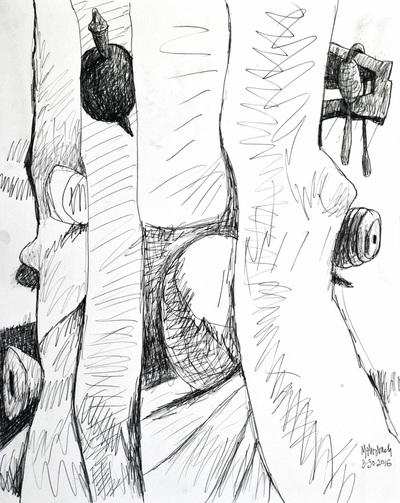
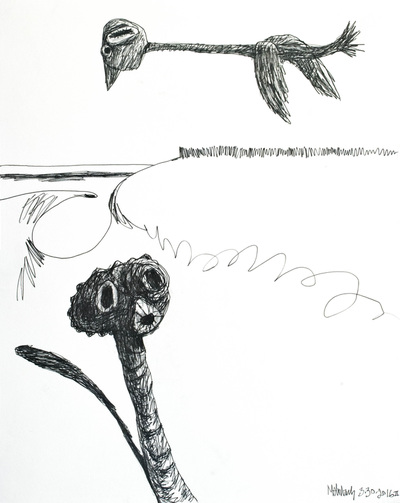
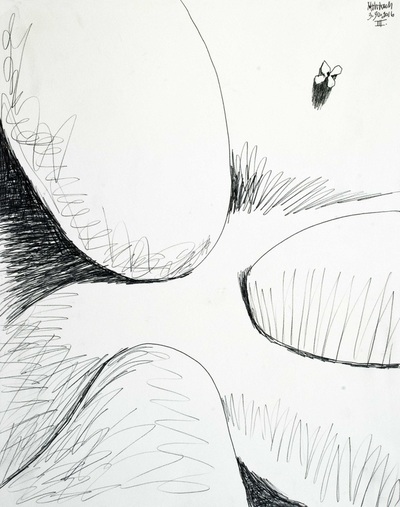
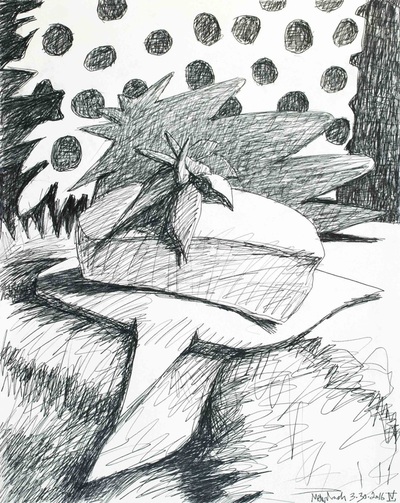
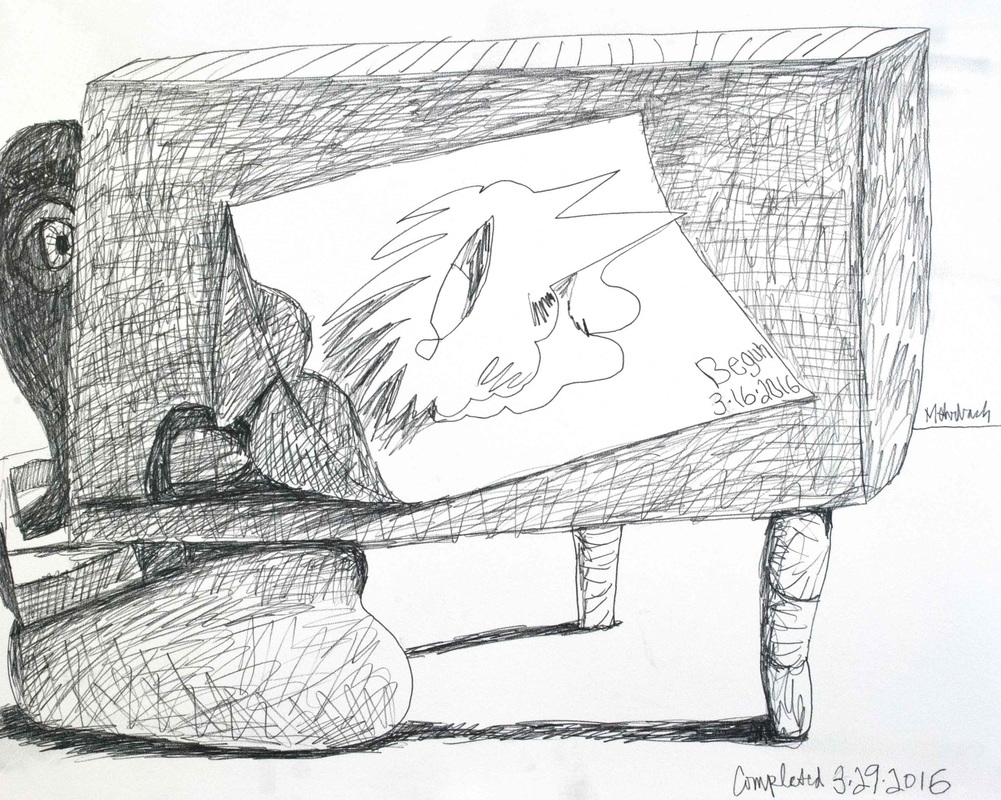
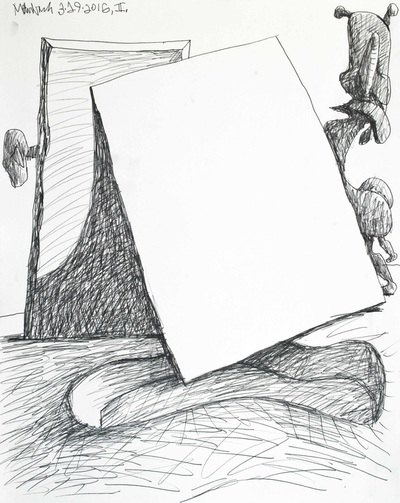
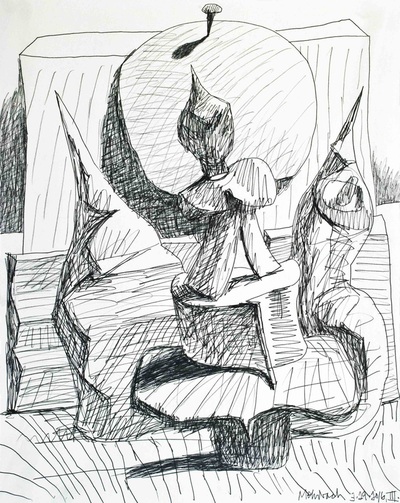
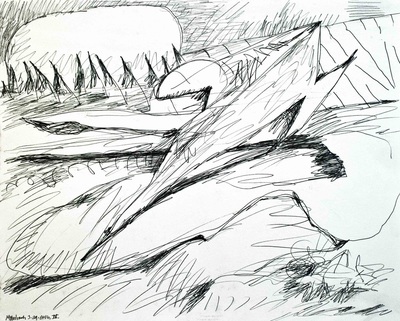
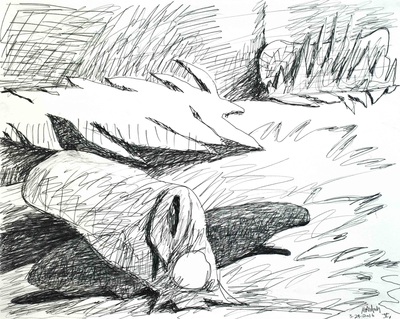
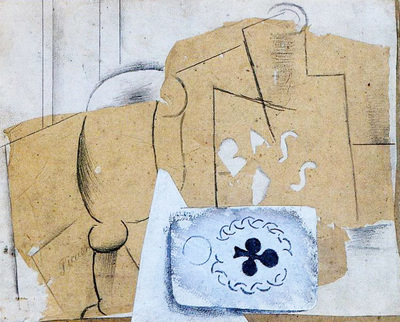
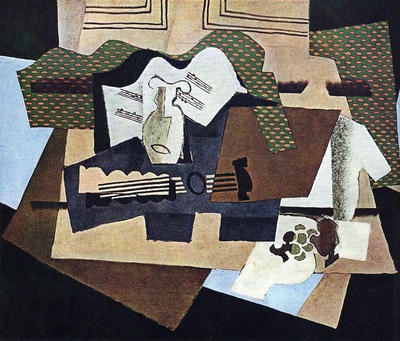
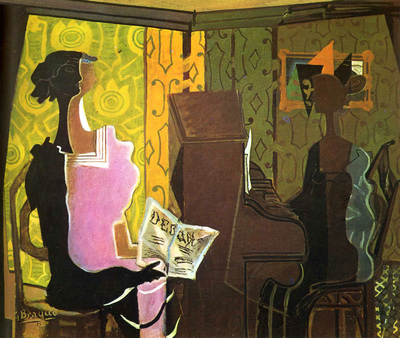
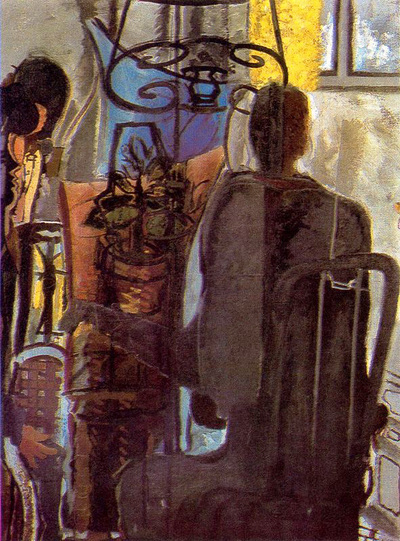
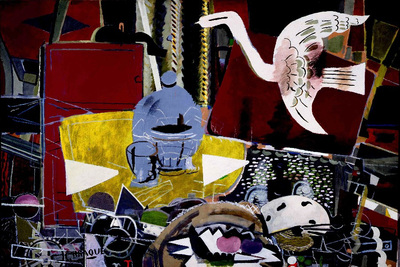

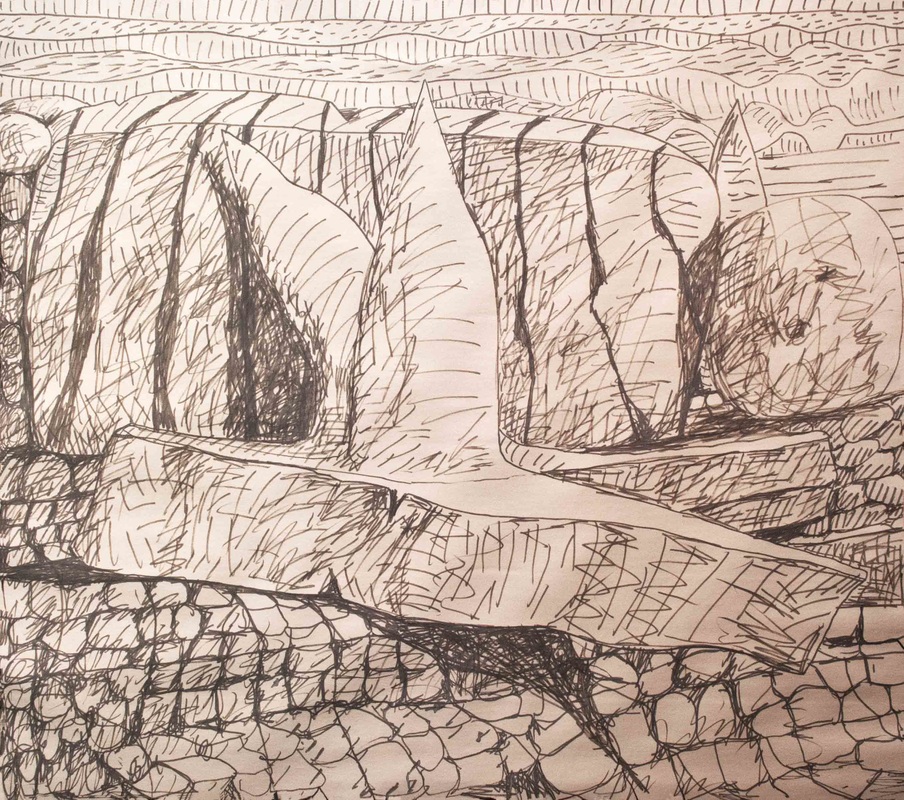
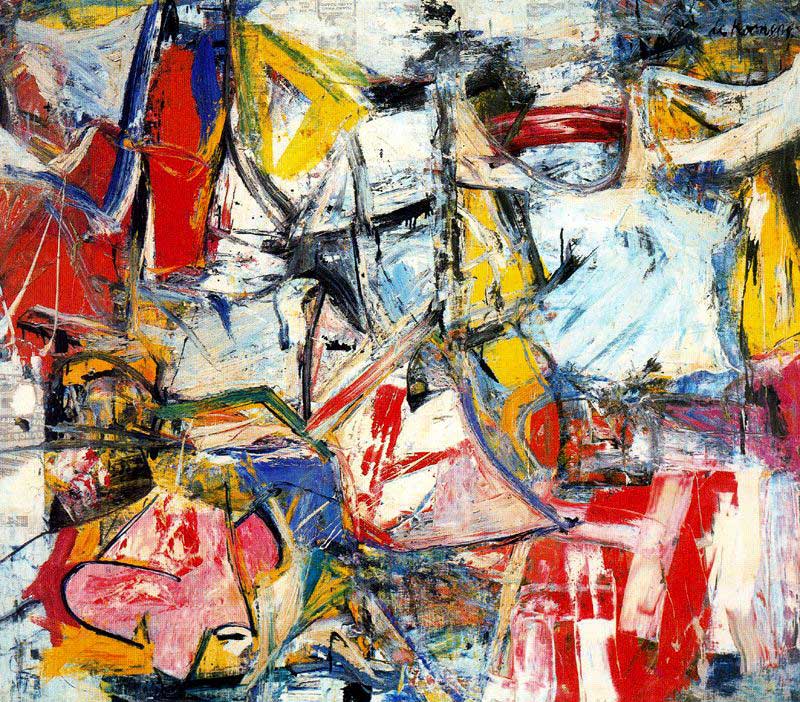
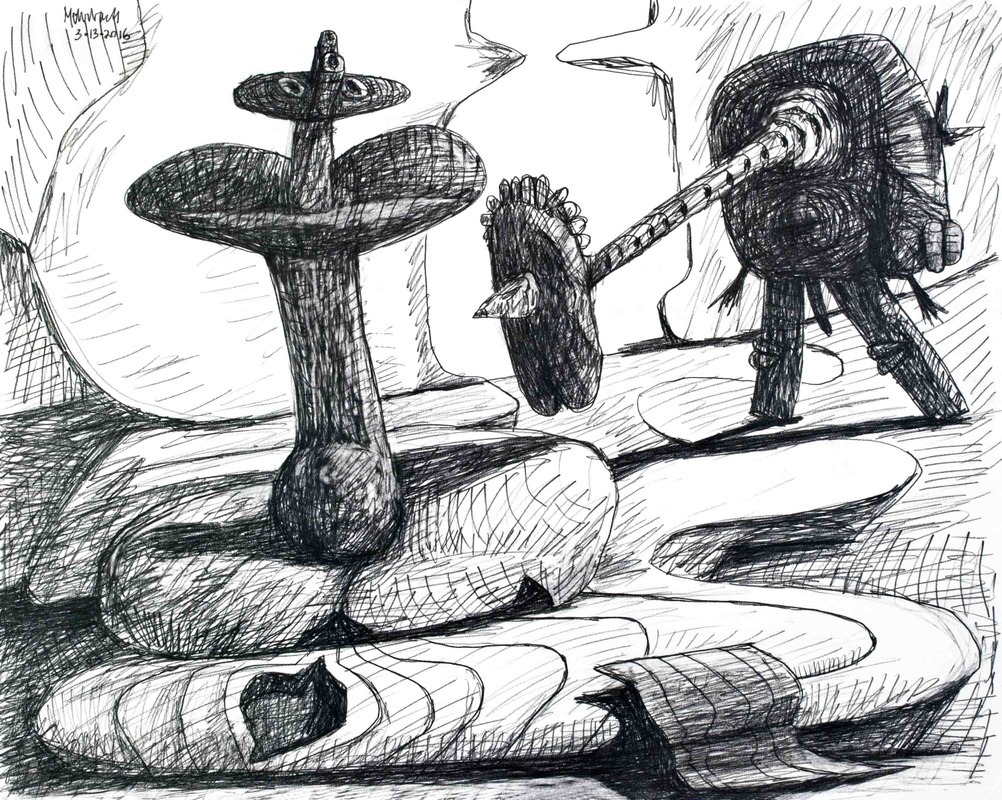
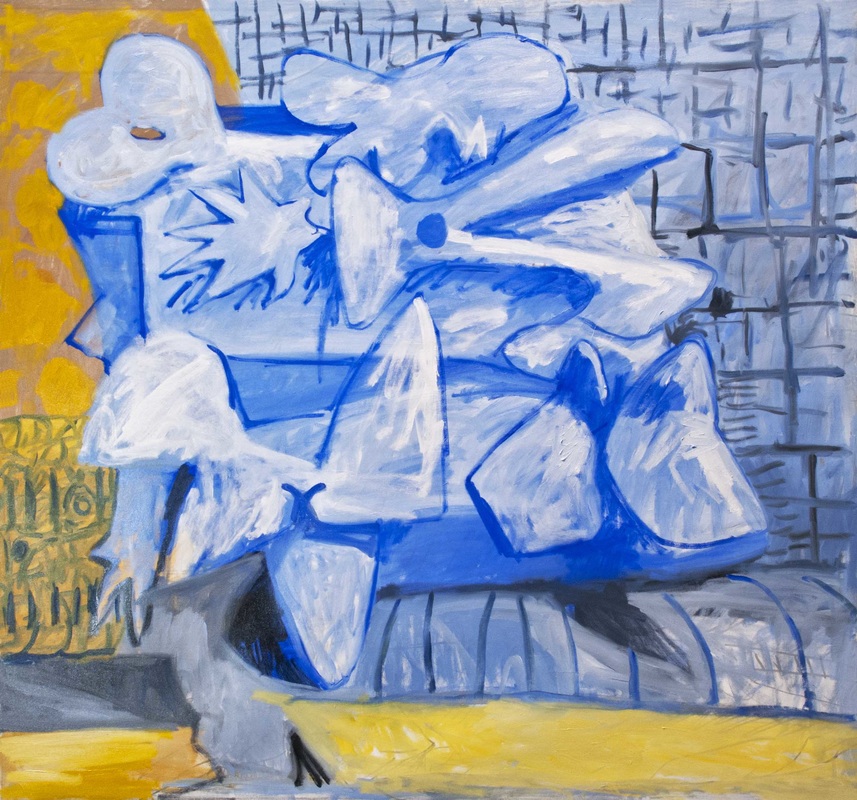

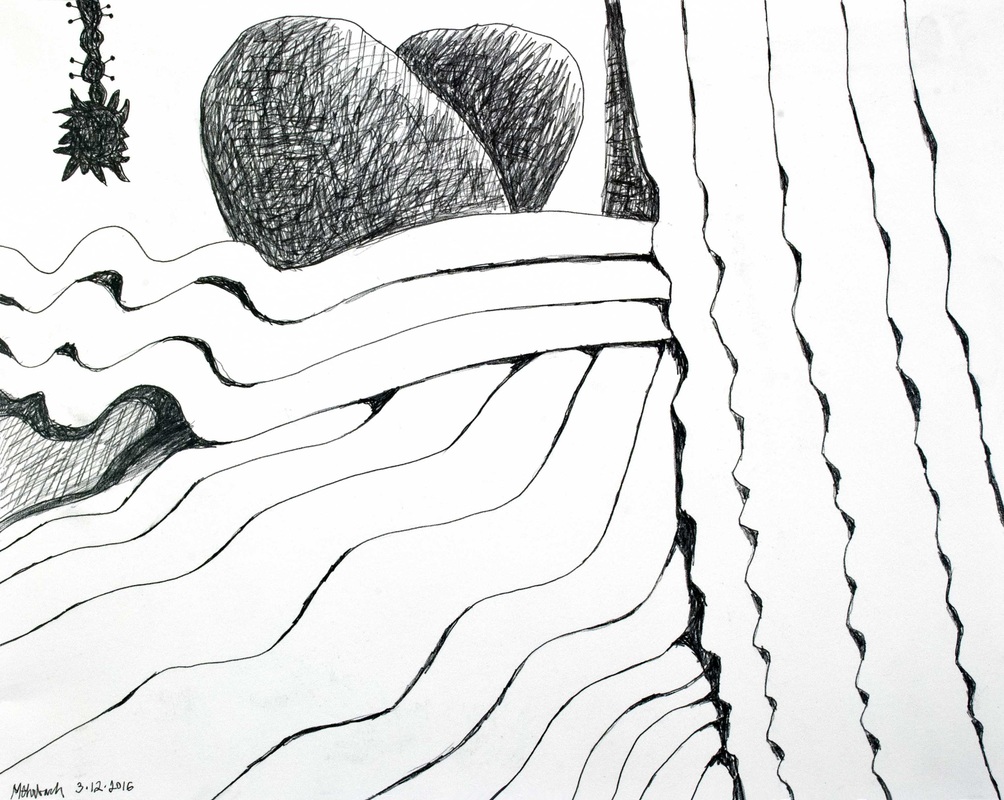
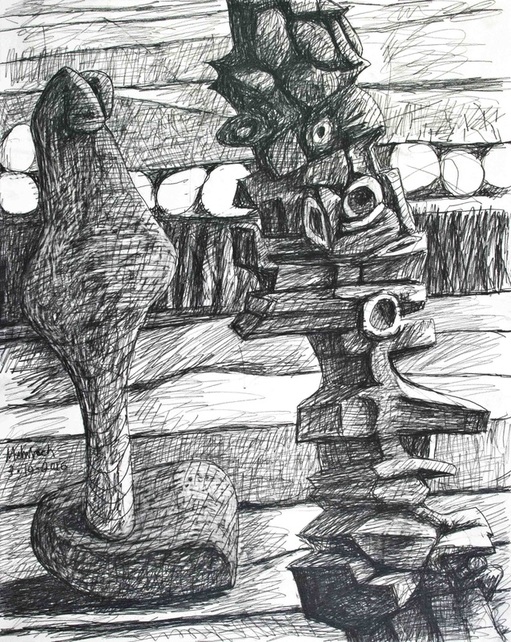

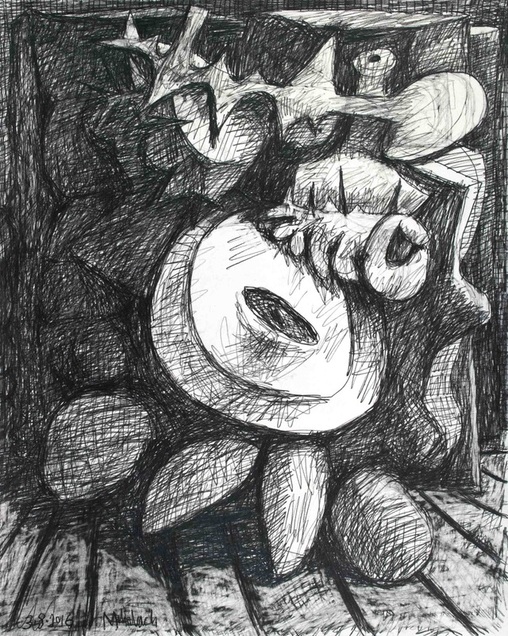
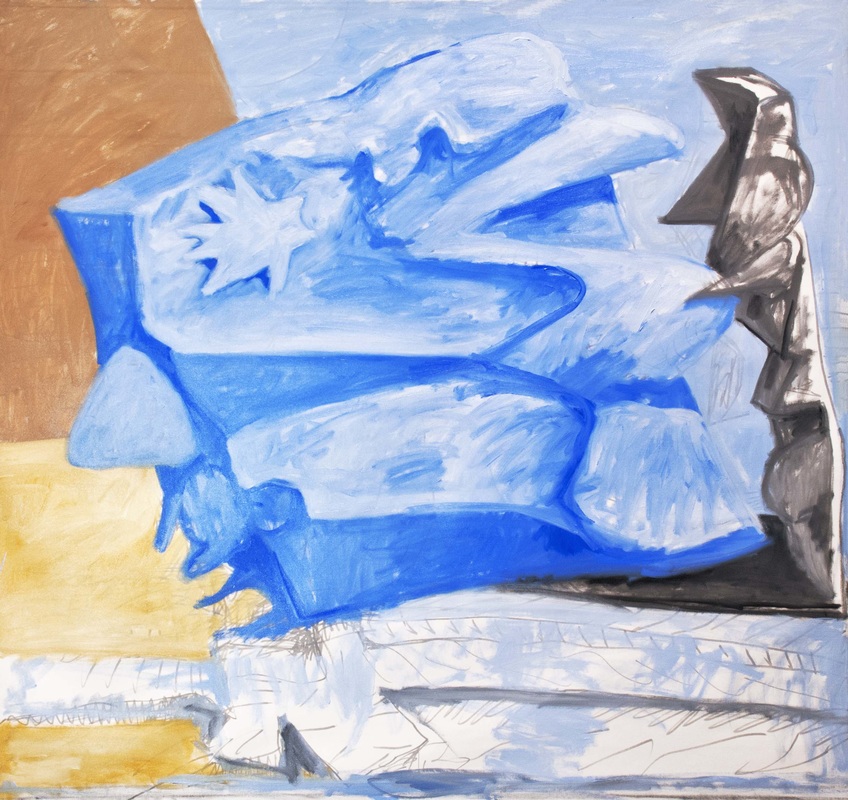
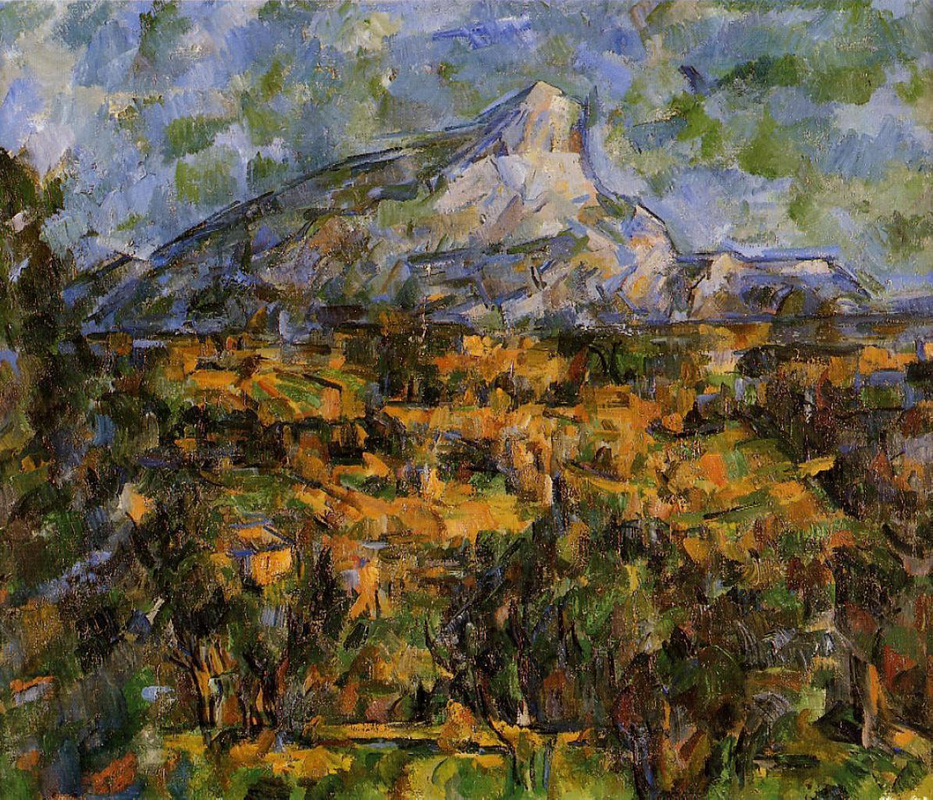
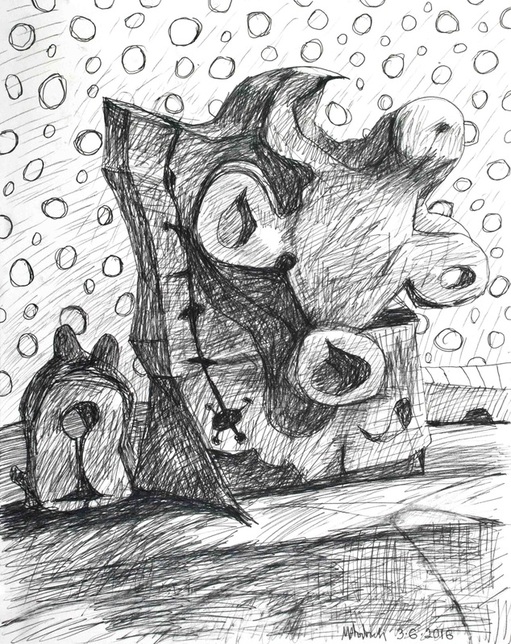
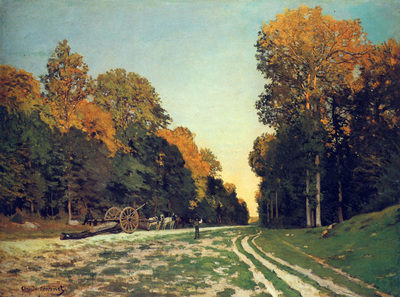
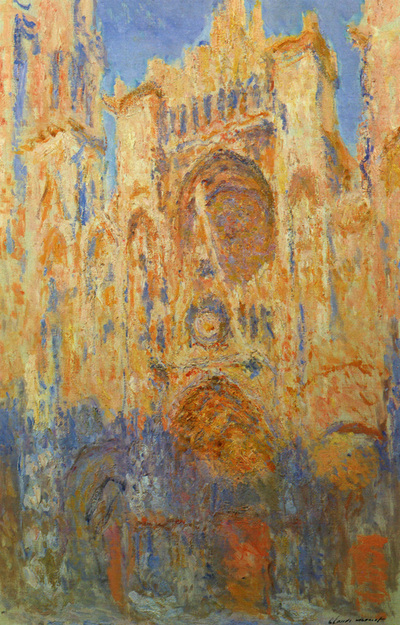

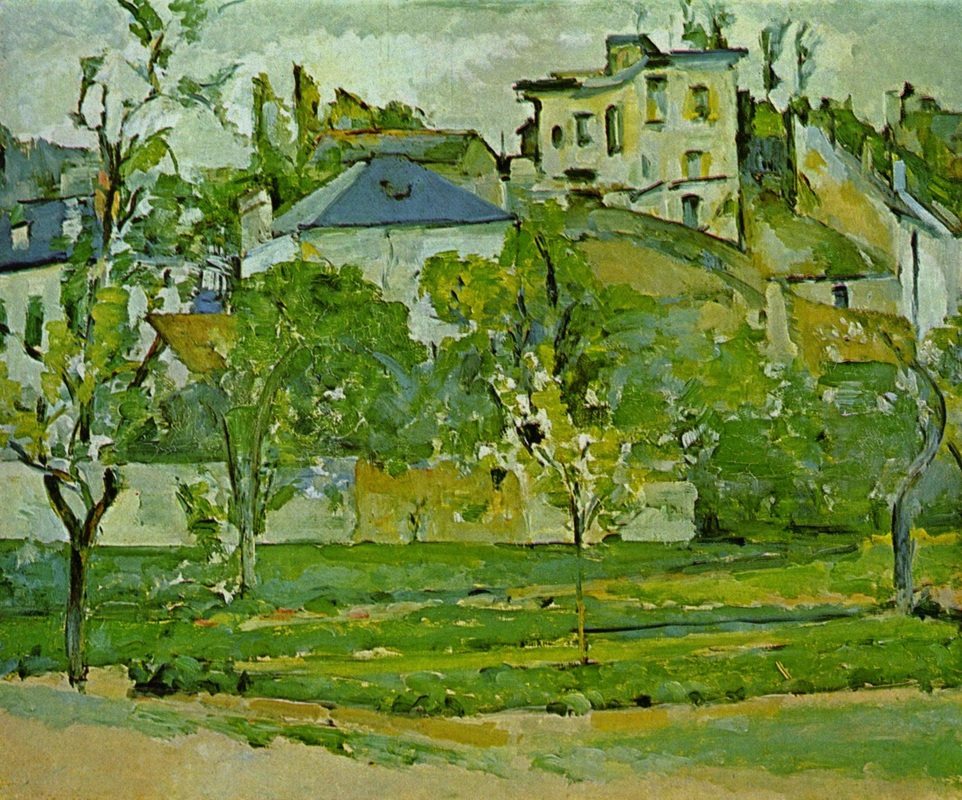
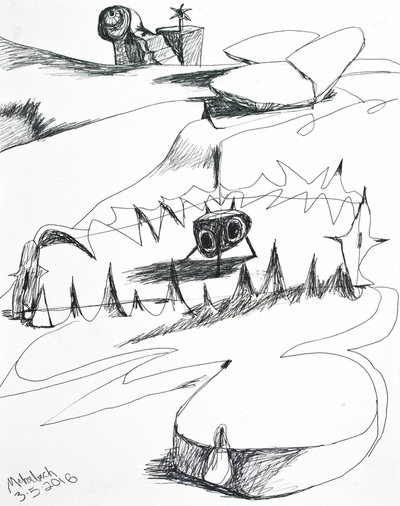

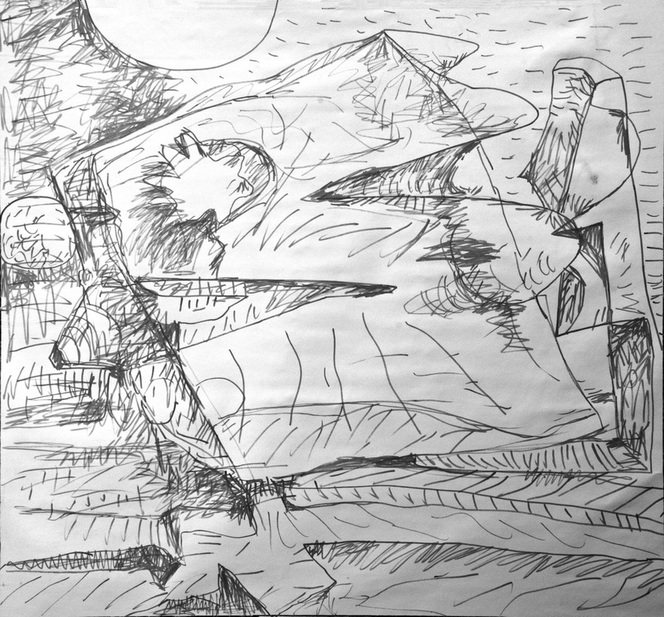
 RSS Feed
RSS Feed